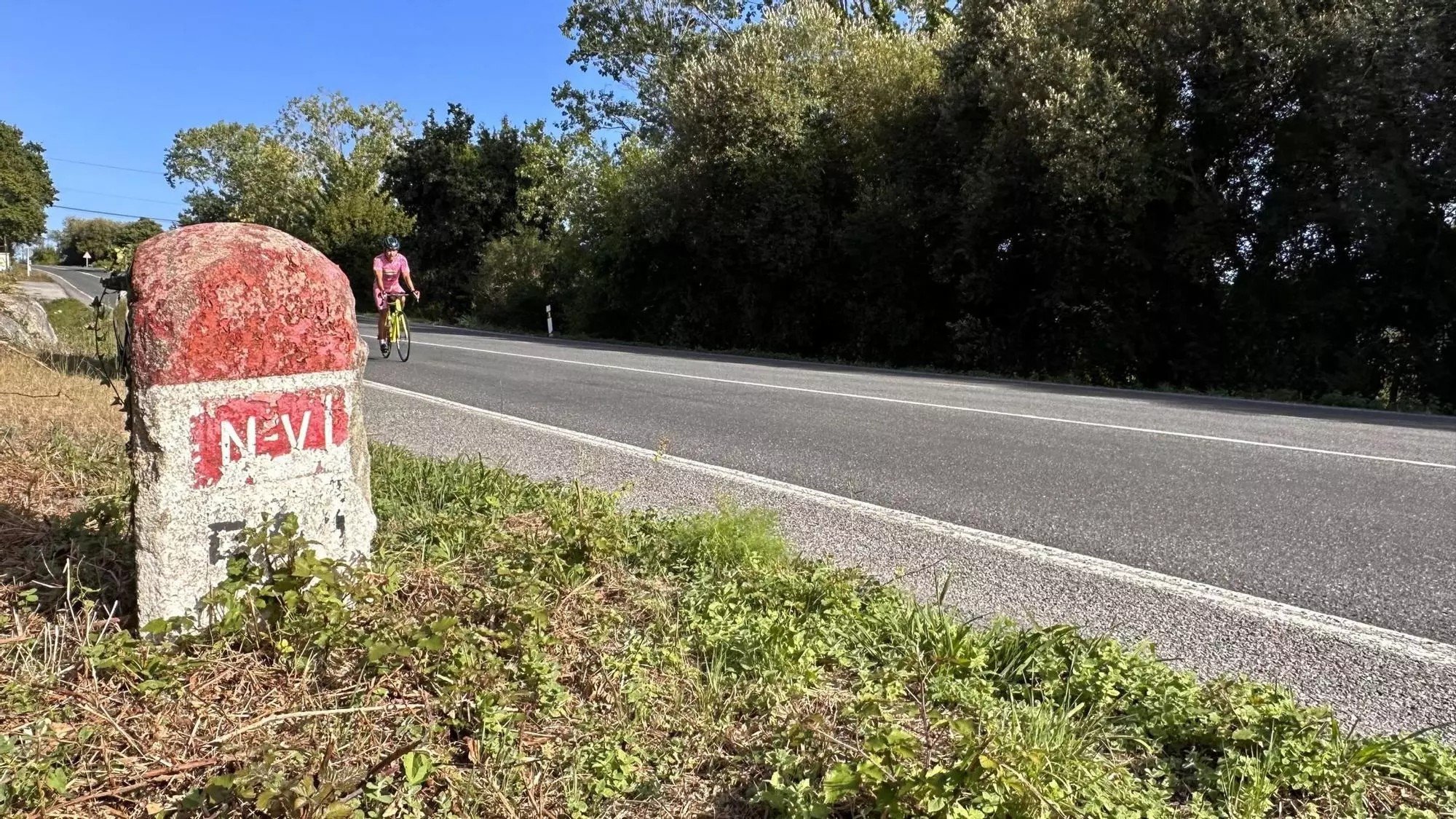It may not stretch 4,000 kilometres like America’s Route 66, but Spain has its own road trip into the past.
A cracked ribbon of tarmac called the N-VI, winding from the heart of Madrid to the wind-battered cliffs of Galicia. And though time has left it behind, its villages, valleys and voices are still waiting to be heard.
Before dual carriageways and bypasses, before the high-speed AVE and four-lane highways, there was the N-VI.

Laid down in 1939, it was once one of Spain’s most important roads – a vital artery connecting the capital with the rugged Atlantic coast, stretching over 600 kilometres from kilometre zero in Madrid’s Puerta del Sol to the ancient lighthouse of the Tower of Hercules in A Coruna.
Today, it’s been largely replaced by the N-6 and modern highways.
But the old N-VI still runs through forgotten towns, over ancient bridges, past peeling petrol stations and weather-beaten inns.
To some, it’s just an outdated road. But to others, it’s a living museum of 20th-century Spain.

Just like Radiator Springs in the Pixar film Cars, many of the once-thriving villages along the N-VI have seen their lifeblood diverted, bypassed by faster, newer roads.
The route crosses three autonomous communities: Madrid, Castilla y Leon, and Galicia, and passes through around 70 municipalities.
Among them are some of the country’s most beautiful villages.
There are crumbling castles, endless wheat fields, eerie gas stations frozen in time, and even a ghost town near Valladolid.

As you drive, nature quietly reclaims the road. Wild grass grows through cracks in the asphalt. Signs fade. Shops gather dust behind closed shutters.
And yet, for those who take the time to wander off the motorway, there’s wonder waiting: locals with stories to tell, old churches with bells that still ring, and stretches of untouched countryside.
The road’s importance, and its slow disappearance, was captured in an 86-minute documentary by Pela del Alamo.
His film explores the emotional and cultural toll of abandoning traditional routes in favour of modern efficiency.

“Some sections of the old N-VI have disappeared,” reads the documentary’s description.
“Others have been almost abandoned, like drifting islands, kilometres of asphalt that begin and end nowhere. And with them, the villages and towns they crossed.”
For those willing to slow down, the N-VI offers a different kind of travel.
Depending on your pace and mode of transport, the journey can take between two and six days.

A project called rutanvi has even launched a special ‘passport’ to guide explorers along the way.
Collect at least 15 stamps from key towns and you’ll receive a diploma when you finally reach the lighthouse at A Coruna as a souvenir.
So if you ever feel like getting lost, truly, purposefully lost, leave the highway behind.
Take the road that winds and weaves. The road that remembers. Take the N-VI.
More travel stories from the Olive Press:
- This region of Spain is hailed for its fascinating cider traditions by The Sun – Olive Press News Spain
- Seaside town crowned Spain’s best for its ‘beautiful beaches and vibrant culture’ – Olive Press News Spain
- Spain’s seven most beautiful train stations revealed: From neo-romantic to modernist – Olive Press News Spain
- Secret Spain: This hiking route takes you through a forest filled with some of the tallest trees in the world – Olive Press News Spain








